Behind the Photo: Tiny House, Tiny Camera
How and why I work with a phone camera
It’s not often I reach for my phone when I want to do deliberate LEGO photography these days, but I wanted to revisit my old workflow to see how much I’ve progressed over the years.
The technology certainly has: phone cameras have come a long way since 2013. The camera components in them are cutting-edge and the AI is phenomenal, so I won’t be able to make a fair comparison when it comes to image quality and results.
But what I can compare is how differently I think as a photographer now: how I read the needs for a scene and meet them with my choices. Hopefully, I’ve learned enough to know when to use the right tool for the job. And that sometimes, it’s my phone.
Knowing the gear
A big part of progressing as a photographer— or any art, hobby, or profession really— is knowing what tools to use when. Not every scene is the same, and so you shouldn’t treat them all the same way. (Unless for you every scene is the same and in that case, I hope you explore more.)
The axiom “if all you have is a hammer, everything looks like a nail” springs to mind. It describes an over-reliance on a familiar tool or process. In my case, it might be my dedicated camera.
Take the above photo: a birds-eye view into a narrow and walled room with natural sunlight. In my mind, this kind of concept called for a deeper depth of field and a wide-angle to be successful.
If I hadn’t forced myself to use my phone for this exercise, I’d be struggling with my 30mm f/3.5 macro lens just to get both the hands and face of the minifig in focus.
I’d have to close down my aperture, which would make me slow down my shutter speed or raise my ISO to gather enough of the natural light. I’d probably opt to bump up my ISO by a stop or two but go no further because I know my Sony a6500 introduces more noise than I personally like to see.
I could make a choice to shoot in JPG rather than RAW and then turn on AI features like High ISO Noise Reduction so I can raise my ISO even higher, but I like to have control over my editing process so I wouldn’t.
Instead, I’d slow down my shutter speed and make sure I have image stabilization turned on. It might not be enough though because I’m indoors, I already don’t have the steadiest grip, and on top of that, I’d also have to hover over the model looking down. That isn’t a balanced position.
So I’d have to get my tripod and make sure that its legs don’t cast any shadows over the scene.
Or… I could remove all of that friction and take a photo with my phone.
Why a phone?
Because my phone camera has a wide-angle lens at about 28mm equivalent. That short focal length covers a deeper depth of field and makes small spaces seem wider, which is just what I wanted.
The tiny sensor in a phone camera also helps get more of the scene in focus, not just the hands and face but the hardwood floors would be relatively sharp too. My hardwood floors! I have to show those off, obvs.
In short, the phone camera was the right tool for this job.
I know that now but maybe as little as three years ago, I might not have bothered to use it because I was too familiar and comfortable with my dedicated camera. I would have hammered that scene with it.
Not only that, I wasn’t even in the mindset of allowing myself to use a phone either. I just set it aside as a beginner’s tool because that’s what I used when I started toy photography. It seemed like a psychological step back somehow to use my phone to take these kinds of photos.
But I understand the science of photography a lot better now and that’s allowed me to look at every piece of gear, from my phone to my full-frame camera, from my keychain LED to my flashes, as just different tools in my toolbox.
Playing to the phone camera’s strengths
Phones are very good a being able to get in close, capture a wider field of view, make tight areas seem more spacious, make objects seem further apart, and get more of the scene in focus.
I used all those strengths to create a little series of this rugged guy in the tiny house:
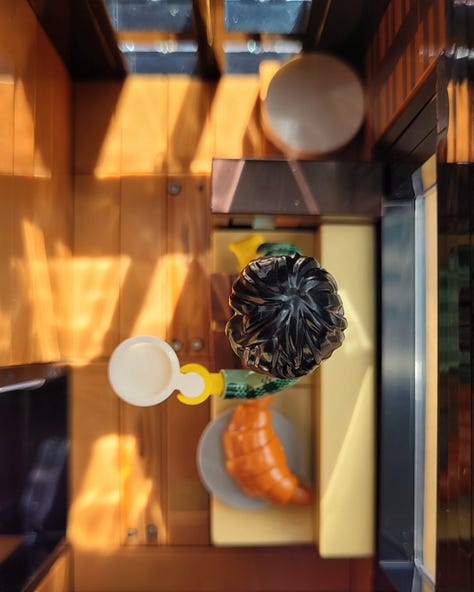
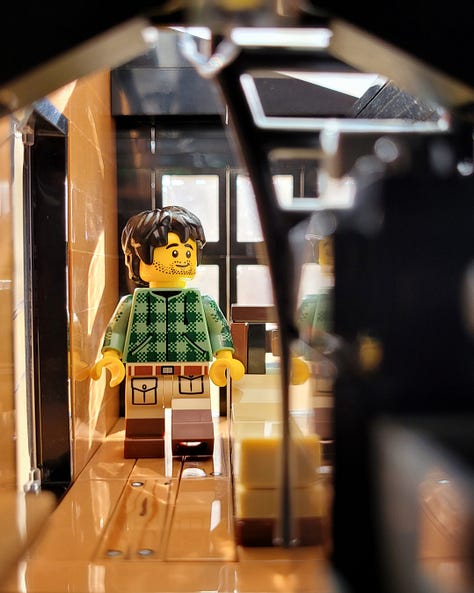
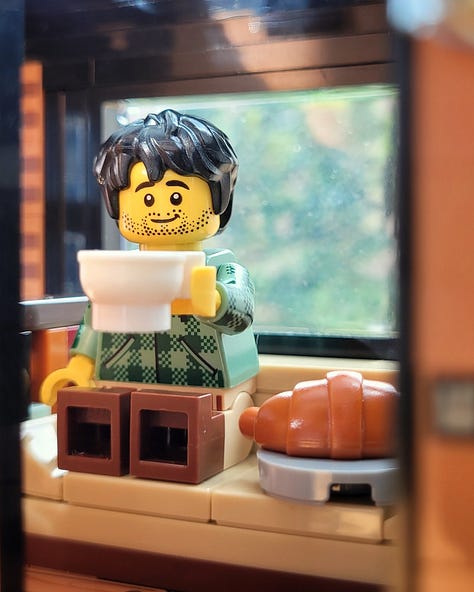
If you’re interested in seeing exactly how I did that, here’s a video:
And if you’re interested in reading more specific techniques, check my blog post How to Take Better Photos of Toys with a Phone.
Toy Photography Features
These LEGO toy photographers have created some excellent photos maximizing the phone’s strengths of capturing more context and getting a deep depth of field in brick-built and natural environments.
LEGO Art Book Giveaway
Congrats to Lynn in the USA for winning the TBTP subscriber giveaway! Enjoy the LEGO In Focus and The Art of the Minifigure books!


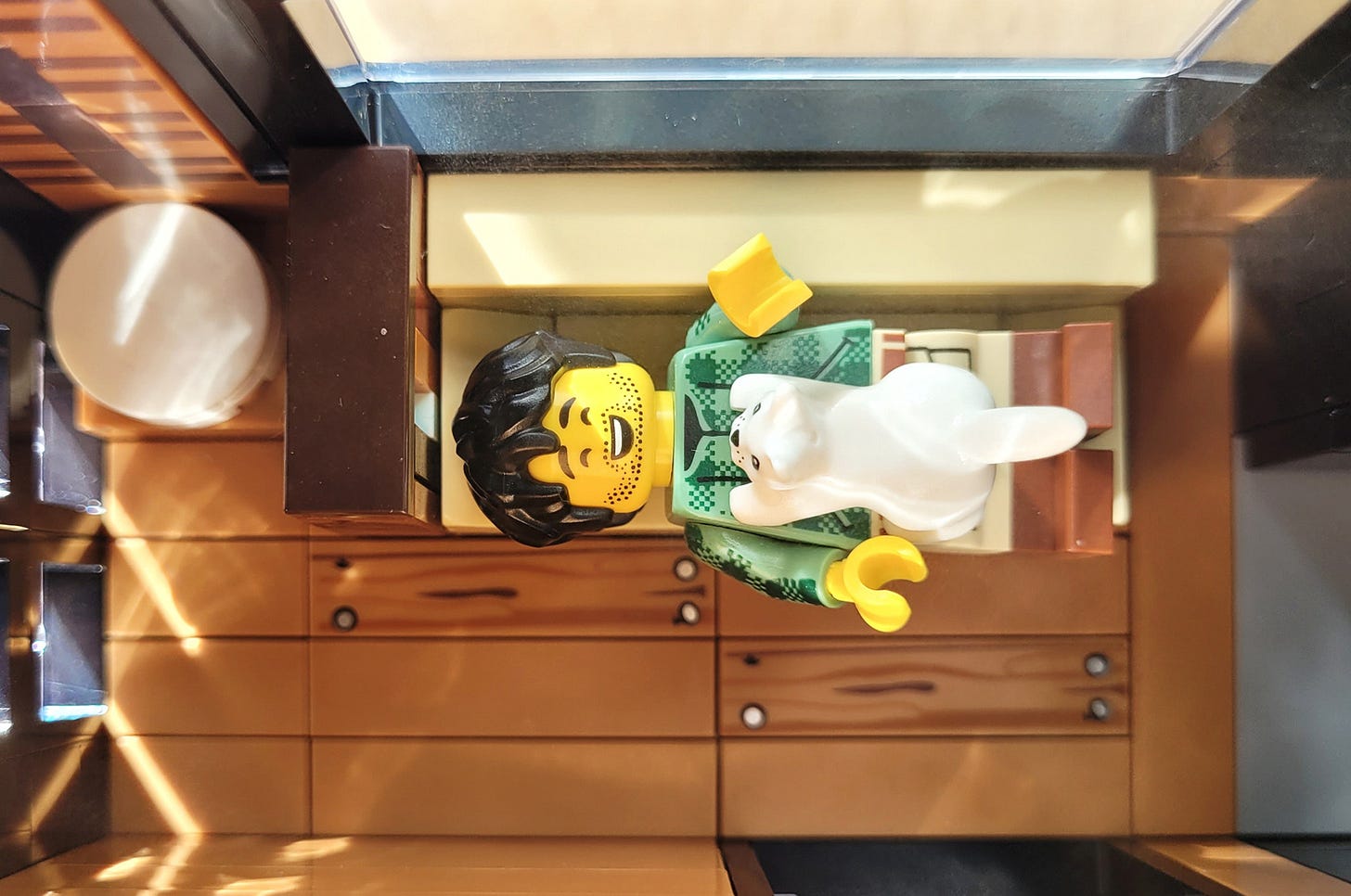
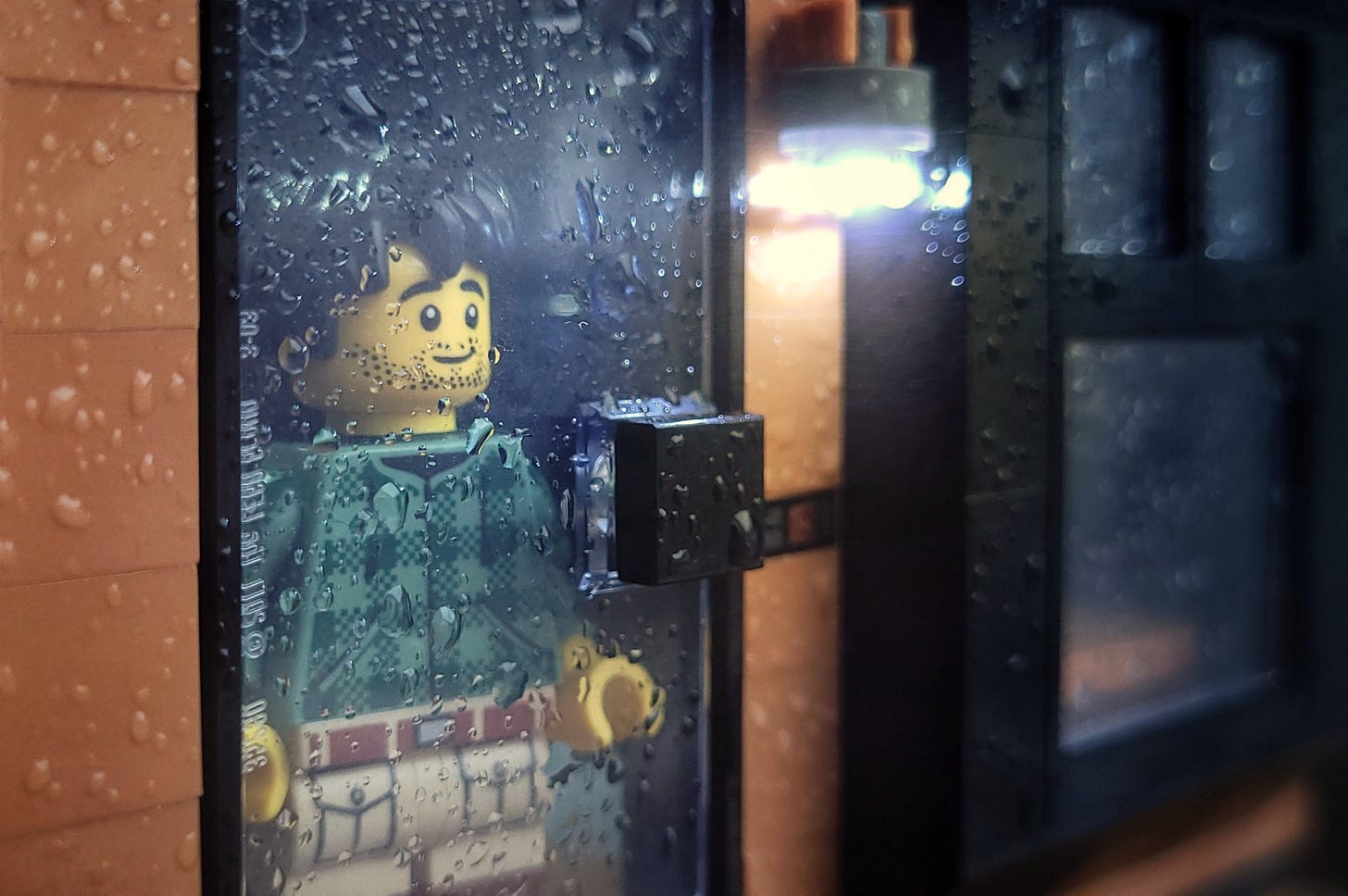
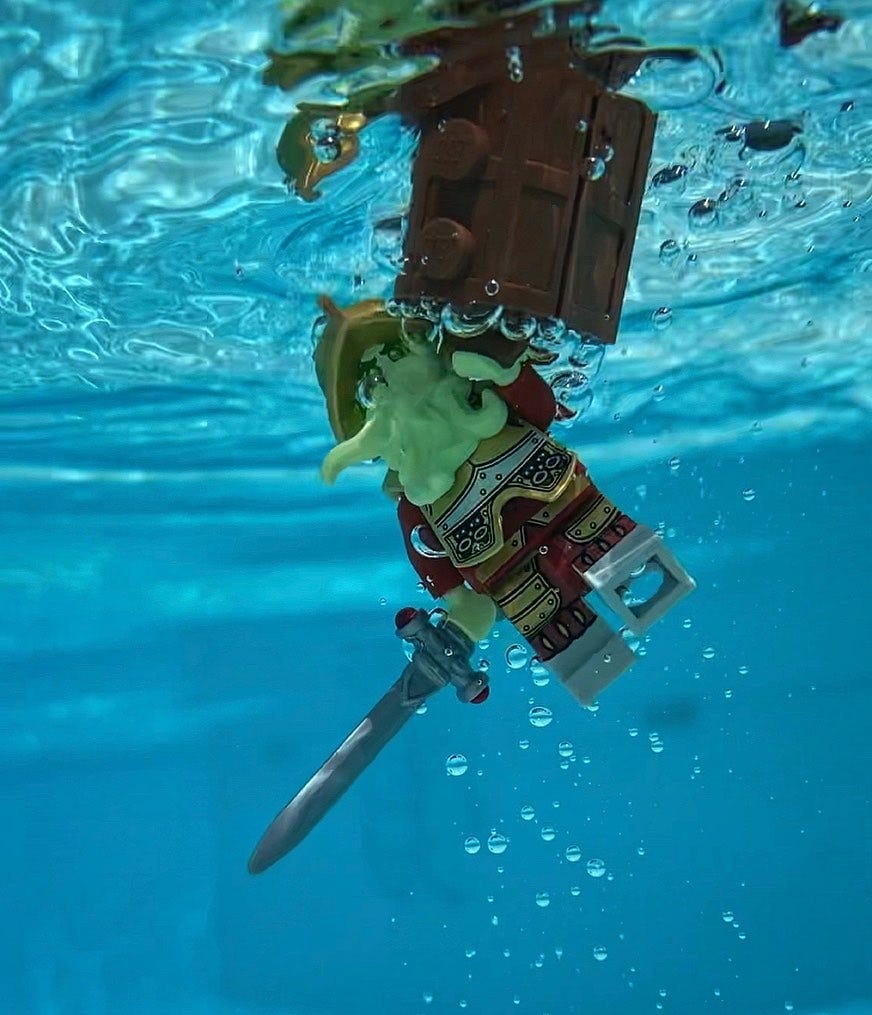
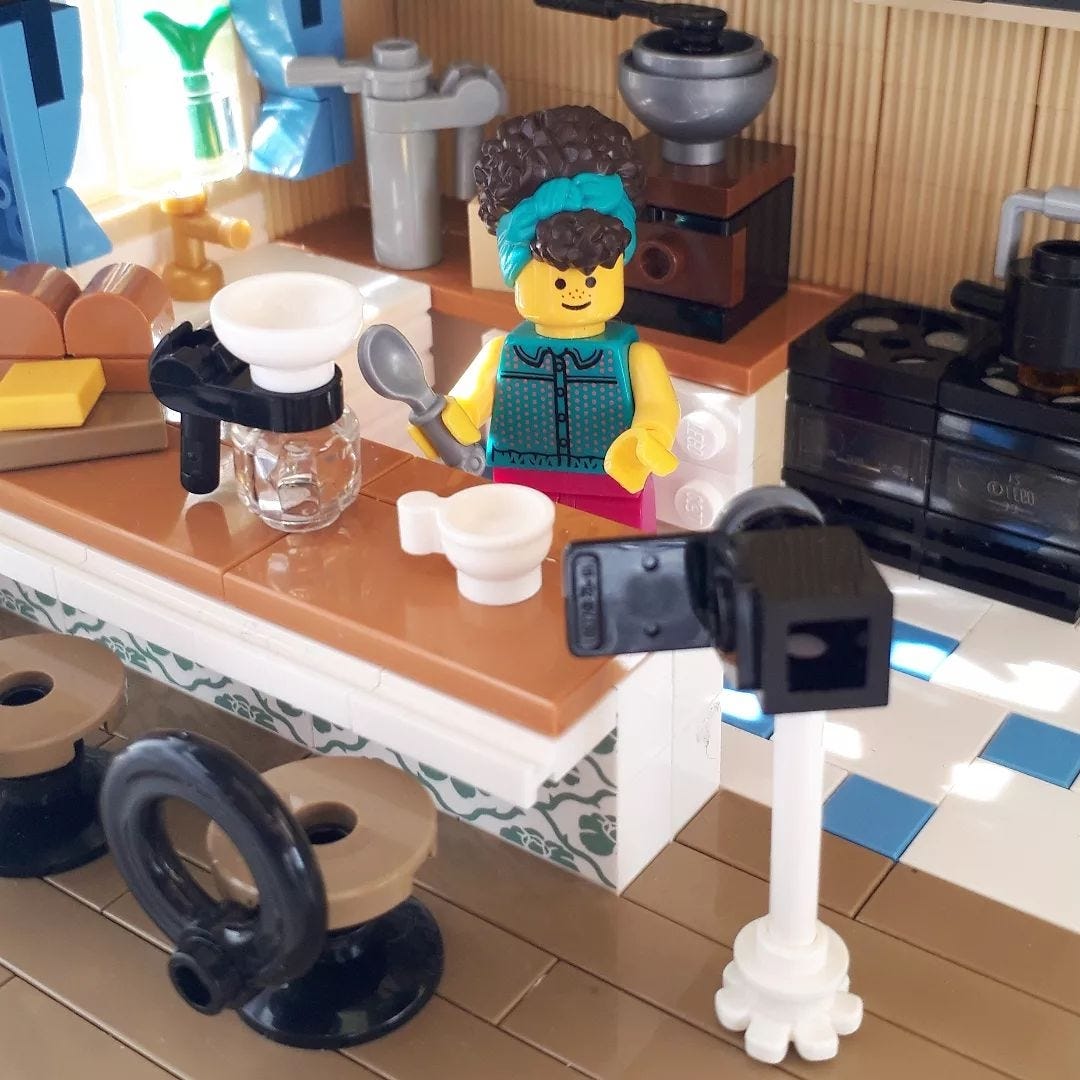
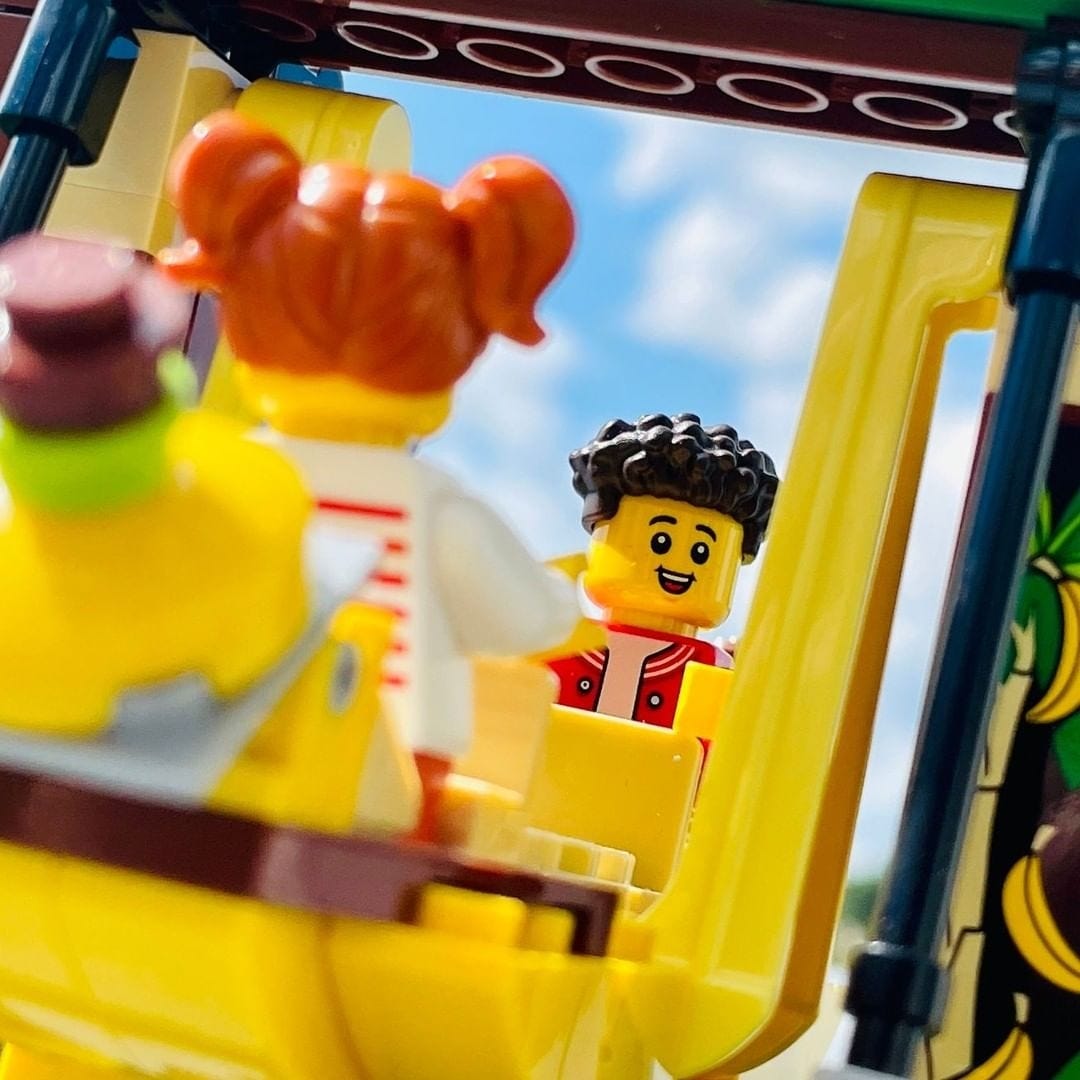
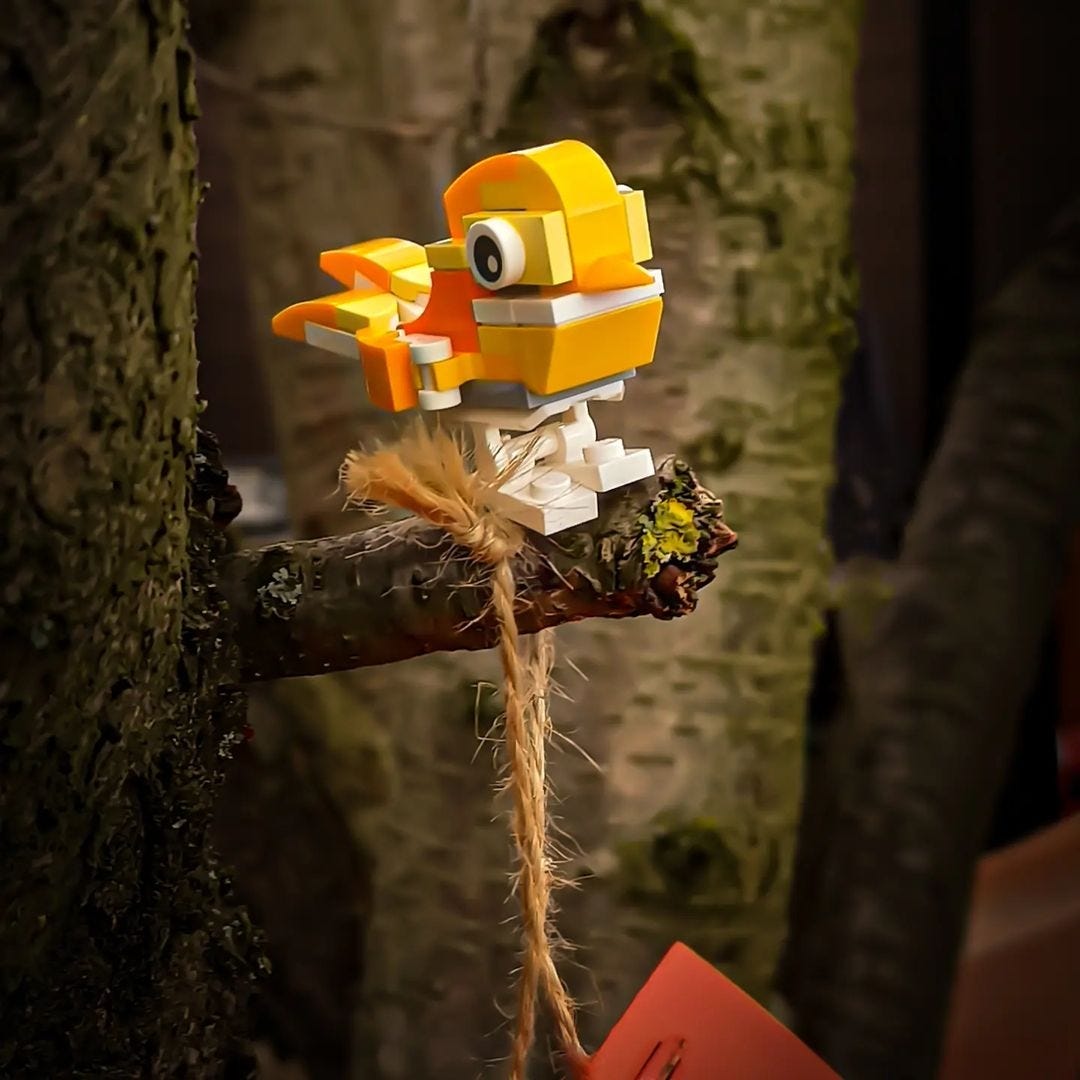
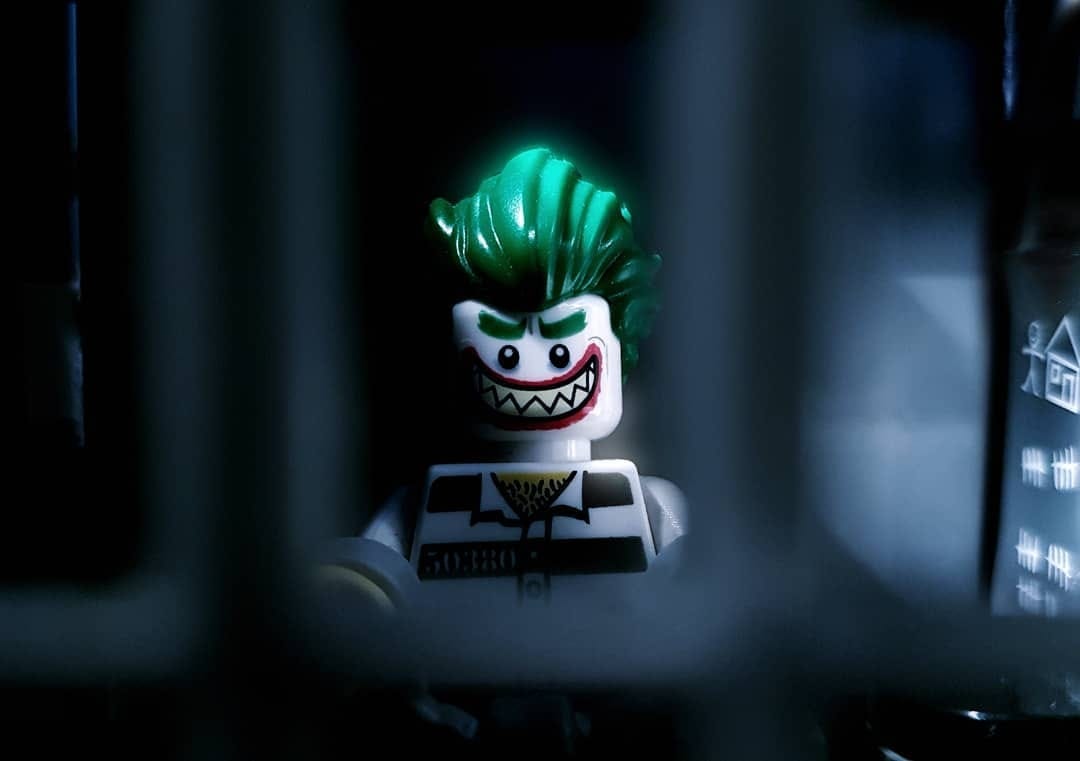
Very interesting article, thank you!
I like the axiom “if all you have is a hammer, everything looks like a nail”. We use it in our company when talking about boss and subordinate relationship.
I think you’re right about “beginner’s tool”, it’s really psychological step back, and we need to work on it.
And congratulations to Lynn!